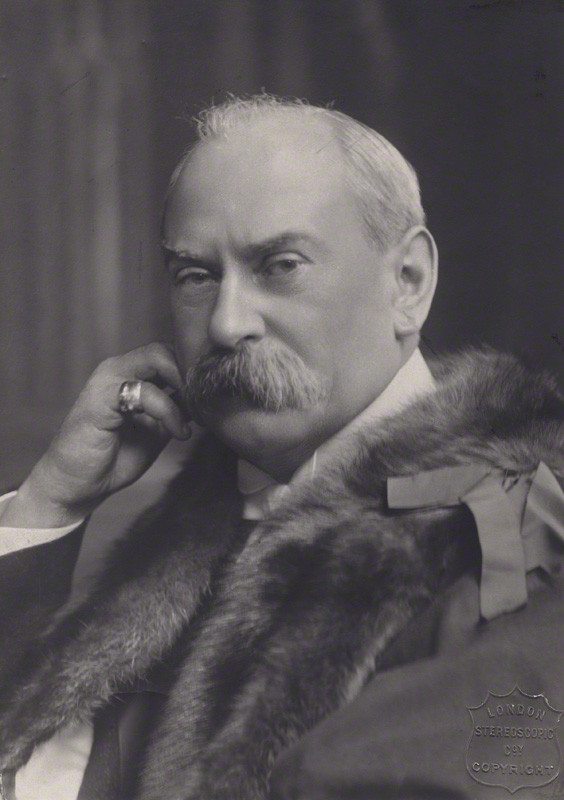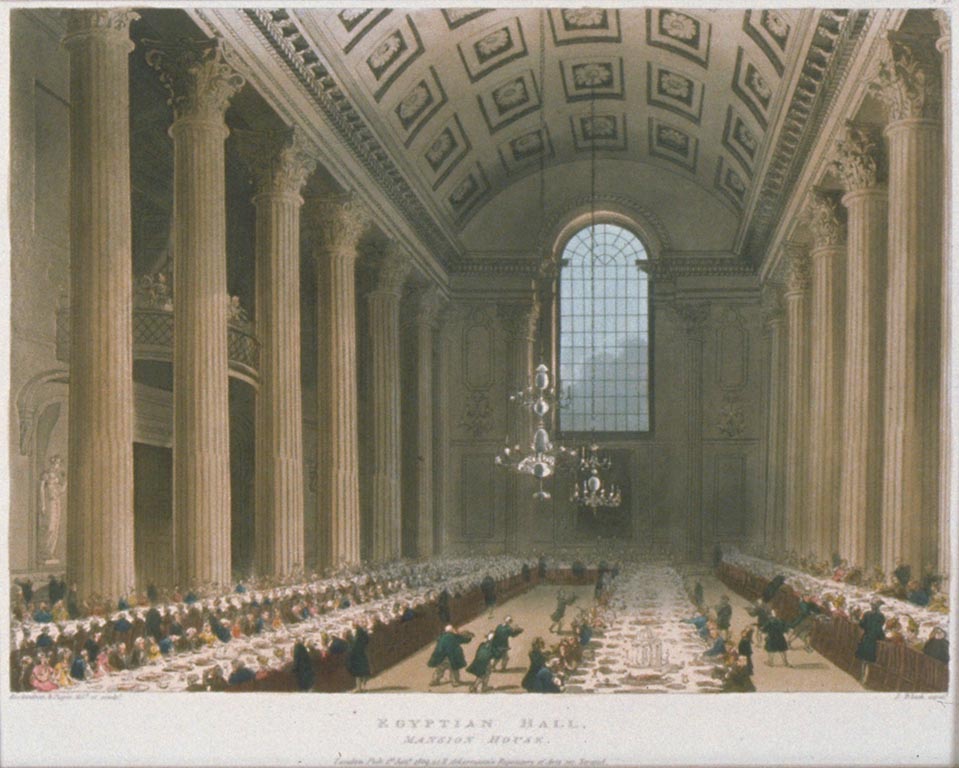
This is included for a few reasons, but two of them are family related. Herman Lescher, the auditor of the Westminster Land Company is a 1st cousin, four times removed, as is his brother Frank. Frank Harwood Lescher’s wife Mary is also a 1st cousin, in her case three times removed. It’s also here because Alfred Purssell was a founder-donor to the cathedral with his name in the loggia, if I remember rightly.
The Westminster Land Company and The New Cathedral 1883.
We have already given our readers full information on the formation of the new company, as far as it concerned the site for the new cathedral of this diocese. Some incomplete particulars, however, having found their way into a bi-weekly paper, we feel it necessary to give the facts in greater detail :— It will be remembered that we stated that the law binds the Home Office to re-convey the site of Tothill-fields Prison to the Middlesex magistrates. This formal re-conveyance, we understand, has to be made some time within six months, and will therefore in all probability be effected shortly after Christmas. In the meantime the land was purchased from the magistrates by the Earl of Denbigh, Lord Beaumont, Sir Charles Clifford, and the Count de Torre Diaz. These four gentlemen have entered into contract with the Westminster Land Company, which is now duly formed, registered, and in working order.
The Memorandum of Association, which had to be filed at Somerset House on registration, bears the following signatures :—The Earl of Denbigh, Hon. Henry Wm. Petre, Francis Charles New, Sir Charles Clifford, Count de Torre Diaz, Herman Lescher, Alfred Blount.
The new company has now, by a draft Agreement between them and the four purchasers, taken over from the latter the prison site and the land in possession of the Cardinal Archbishop of Westminster. In this draft Agreement, to the signatures of the four purchasers are added the names of eight of the original founders or guarantors of the deposit, the remaining two being among the purchasers. These signatories are :—
- The Earl of Denbigh.
- Lord Beaumont.
- Sir Charles Clifford.
- Count de Torre Diaz.
- Edward Devenish Walshe, Esq.
- The Cardinal Archbishop of Westminster.
- Lord Clifford of Chudleigh.
- Lord Arundell of Wardour.
- Thomas Weld Blundell, Esq., of Ince Blundell.
- Walter Hussey Walsh, Esq.
- Herman Lescher, Esq.
- Alfred Blount, Esq.
The Westminster Land Company are, therefore, in equitable possession of the land of which the Middlesex magistrates have the power to dispose, and by their agreement with the purchasers and founders take over all the liabilities. The Company’s agreement with the Cardinal Archbishop of Westminster, whereby they take over the adjoining portion of land in his possession in exchange for a part of the prison site on the payment of the difference in money value, is in course of preparation for signature. The Company’s registered capital is £130,000, in 15,000 shares of £ 10 each. The Board of Directors and the officers of the Company have been constituted as follows :—
- Earl of Denbigh.
- Lord Beaumont.
- Lord Clifford of Chudleigh.
- Sir Charles Clifford
- Directors
- Hon. Henry William Petre.
- Edward Frederick Devenish Walshe, Esq.
- Walter Hussey Walsh, Esq.
Solicitors—Messrs. Blount, Lynch, and Petre, 4, King-street, Cheapside, E.C.
Auditor—Herman Lescher, Esq., T, Princes-street, Bank, E.C.
Surveyors—Messrs. Vigers and Co., 4, Frederick’s-place, Old Jewry, E.C.
Secretary—Francis Charles New, Esq.
Offices—T. Princes-street, Bank, E.C.
The above text was found on p.8, 6th October 1883 in “The Tablet: The International Catholic News Weekly.” Reproduced with kind permission of the Publisher” The Tablet can be found at http://www.thetablet.co.uk .

